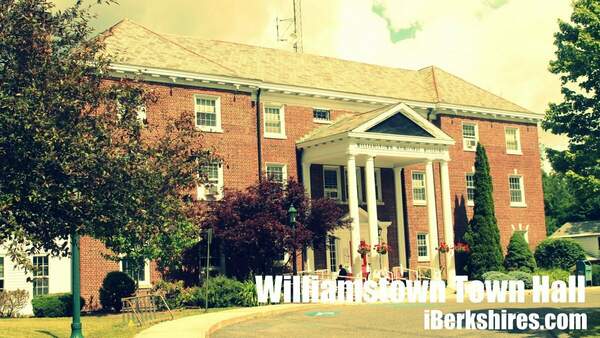Williams Professor Snags Grant to Study Coastal Erosion by Storm Waves
 |
WILLIAMSTOWN, Mass. — The National Science Foundation has awarded Williams College geosciences professor Ronadh Cox a three-year, $277,509 grant to study effects of extreme near-shore wave events through mapping and modeling coastal boulder movements.
Cox has been surveying deposits on the Aran Islands of Ireland since 2008, and over the years she and her students have collected a database of precisely-located photographs and topographic data for large boulders along the islands’ Atlantic cliffs. During the summer of 2014, the group demonstrated that storm waves in the previous winter had moved extremely large rocks, some at startling heights above sea level and significant distances inland.
“We measured many boulders with masses in excess of 50 tons that had moved at heights up to 16 meters above sea level and up to 100 meters inland. These data are unprecedented,” Cox said. “We need to investigate how storm wave heights are amplified along coastlines so that we can understand how they generate the force to move such large masses at these locations well above the normal water level.”
To answer that question, Cox and collaborators in Ireland are developing an interdisciplinary approach to the problem. Mathematician Frederick Dias at University College Dublin will create numerical models of storm wave behavior. Civil Engineer Björn Elsäßer at Queens University Belfast will build physical scaled models in a wave tank to check whether the team can replicate their findings and determine the causes of the boulder movement. Undergraduate students from Williams will be closely involved in the project: each year, two undergraduate research students will work in the field and in the wave-tank lab, helping collect the data and analyze the results.
“The work addresses a deficit in our understanding of the high-energy coastal environment,” Cox said. “As coastal populations grow, sea level rises, and climate models predict increasing storminess with greater coastal inundation levels, we require a better understanding of the geomorphologic expression of strong storm events. This analysis will be valuable for considering storm effects on walls, roads, and other coastal infrastructure.”
Tags: Williams College,















